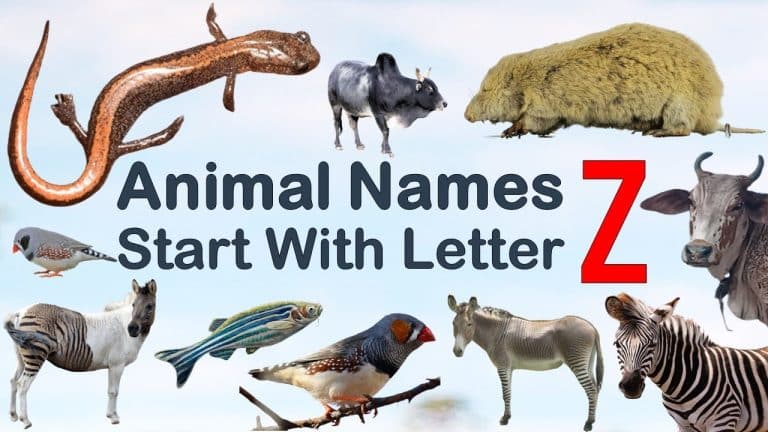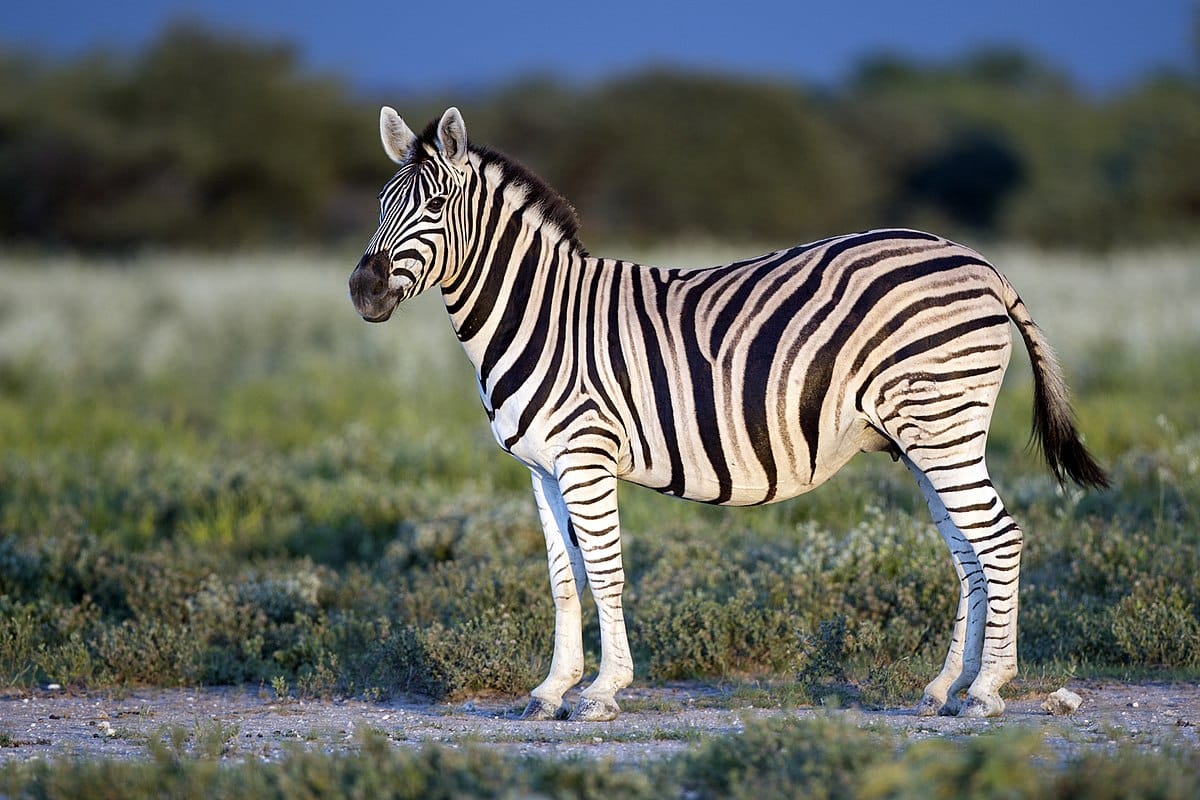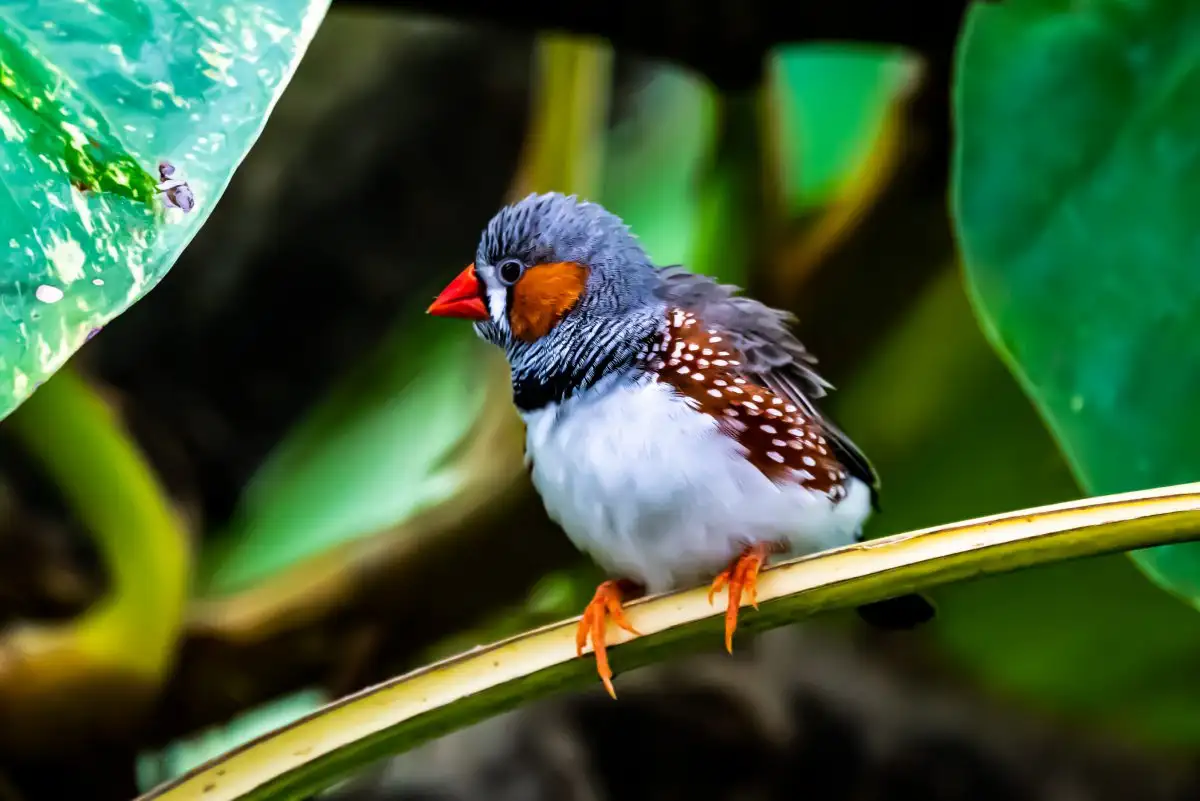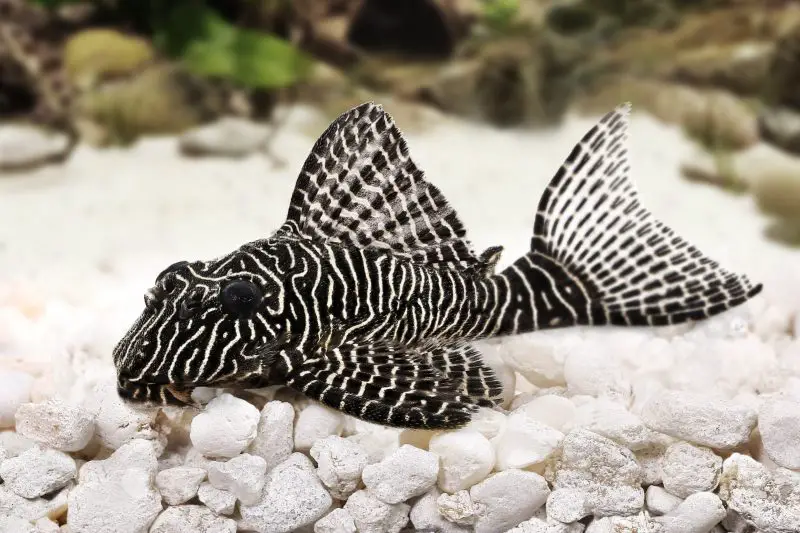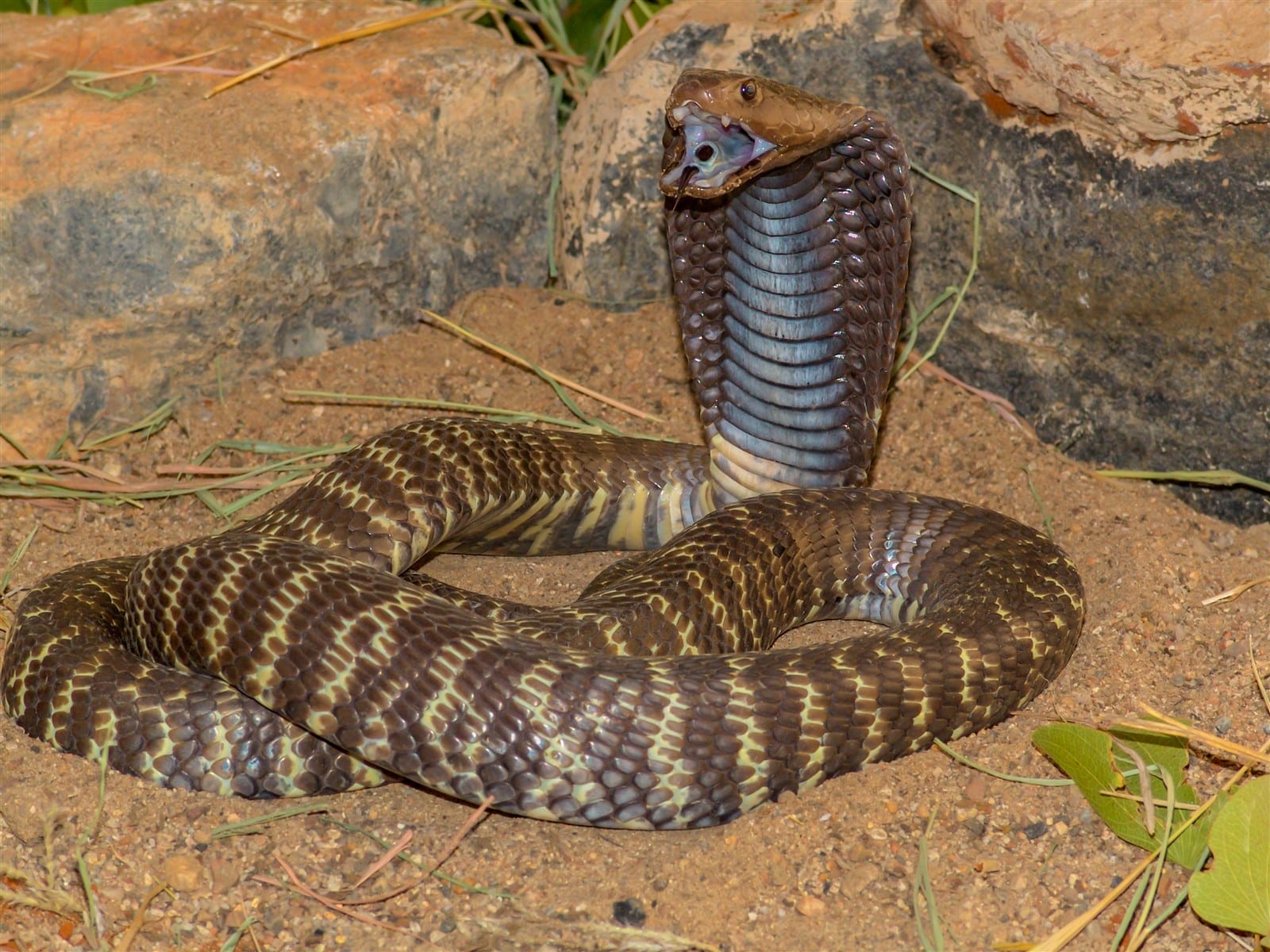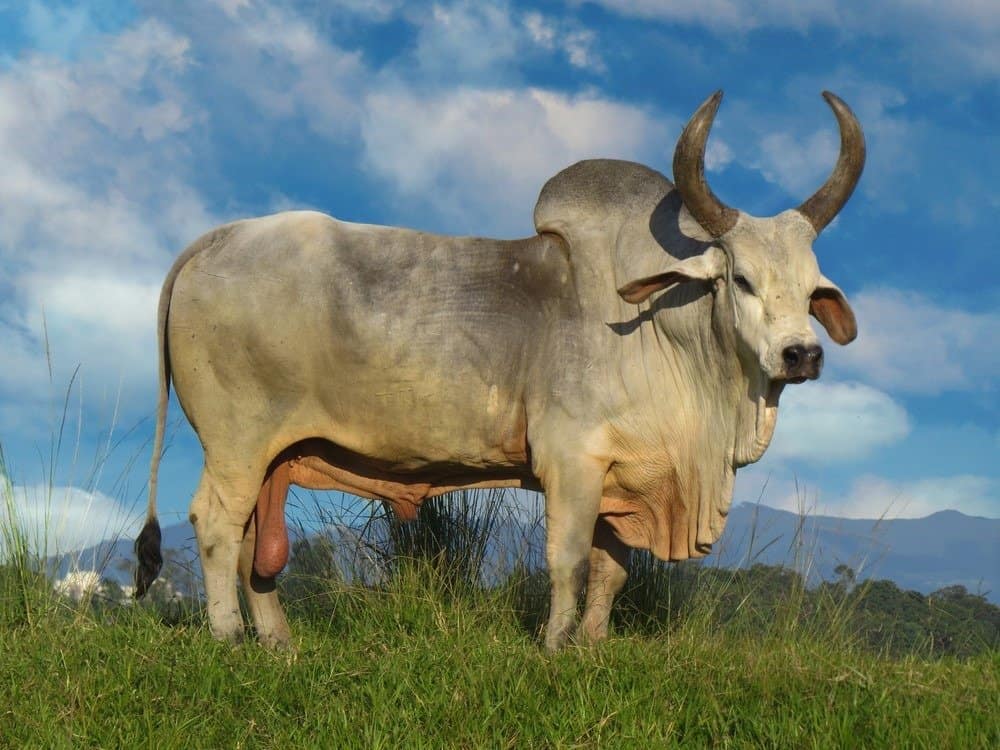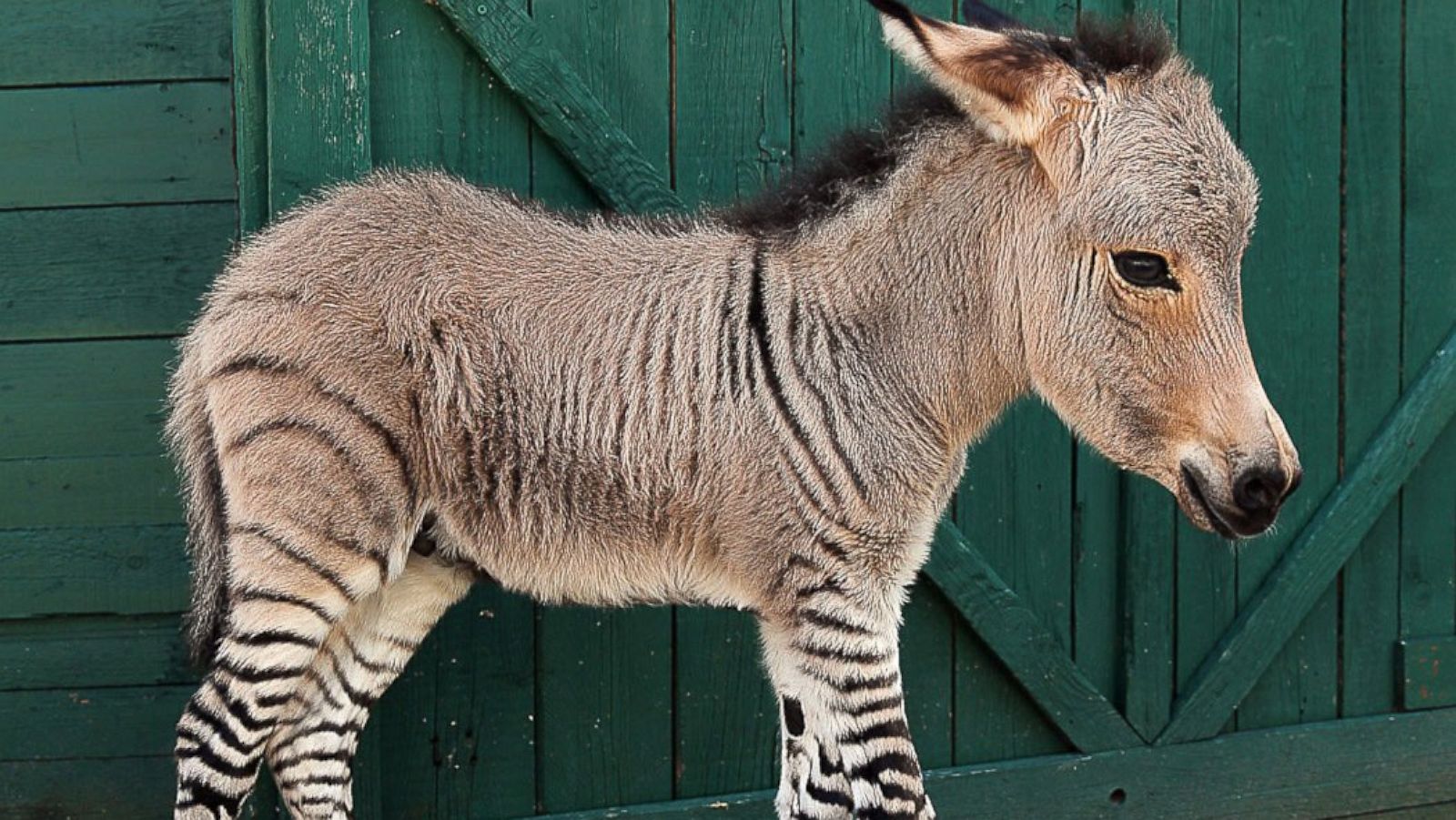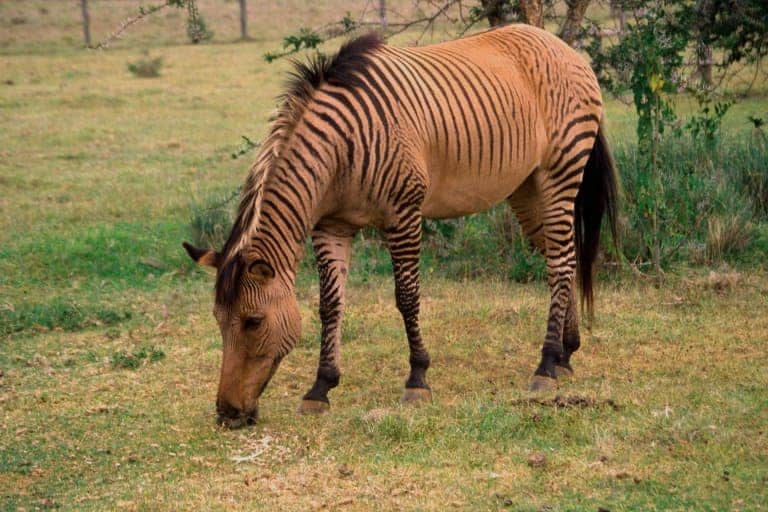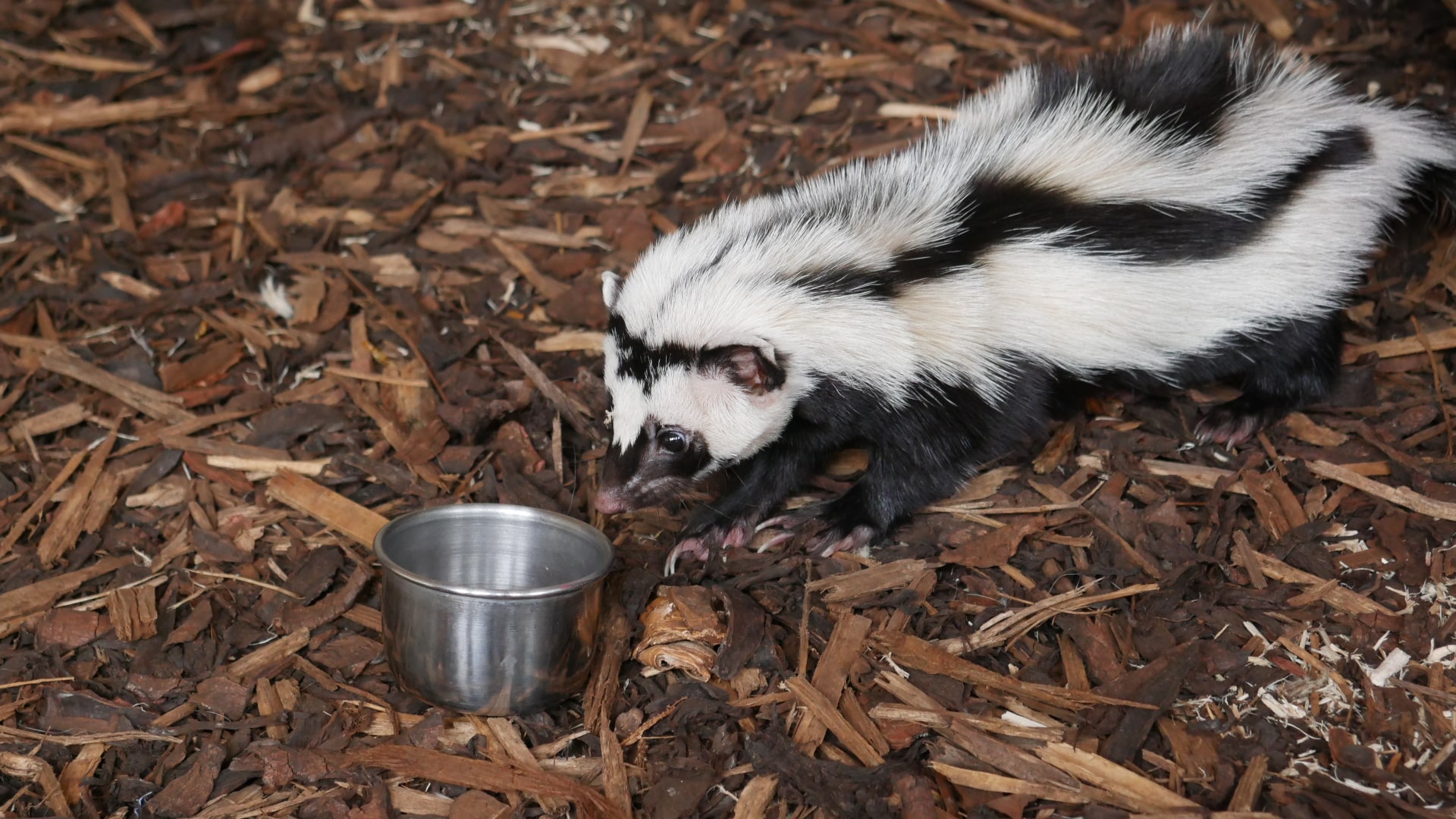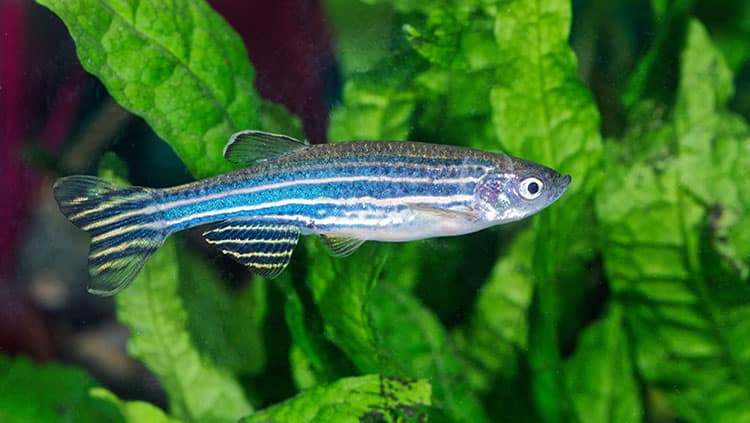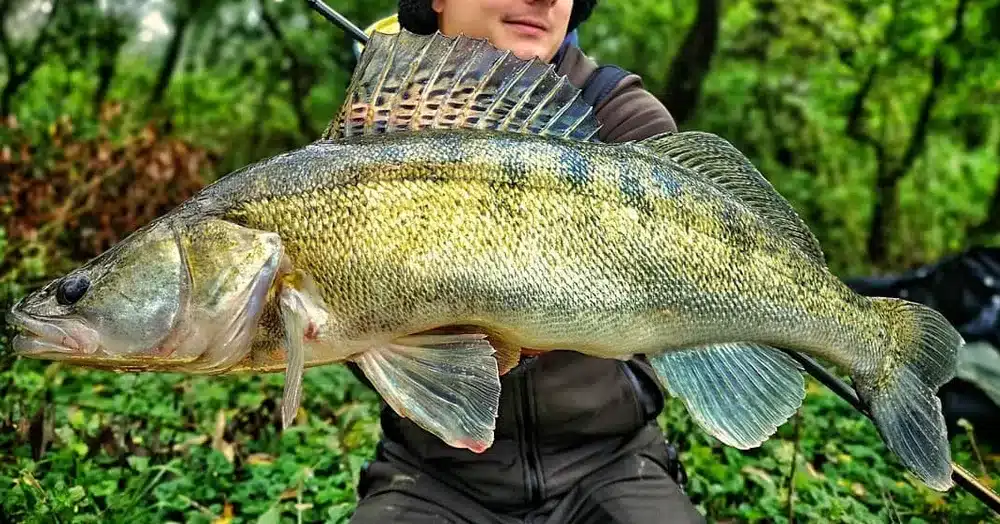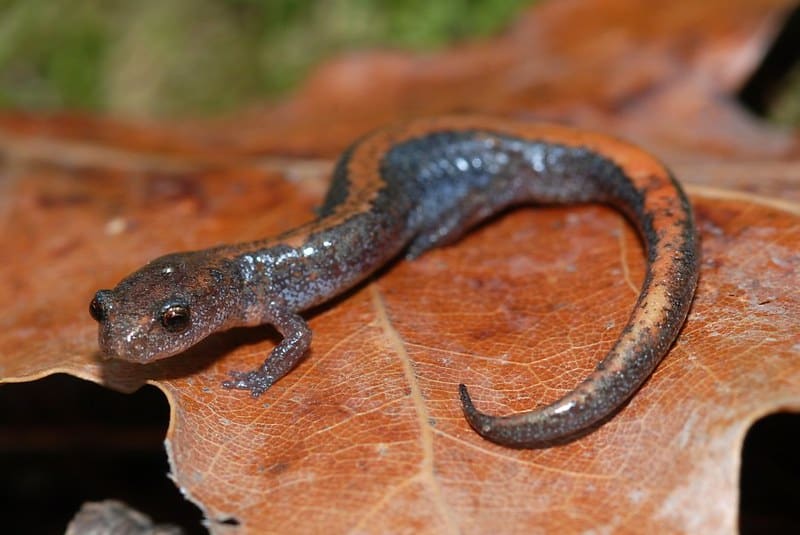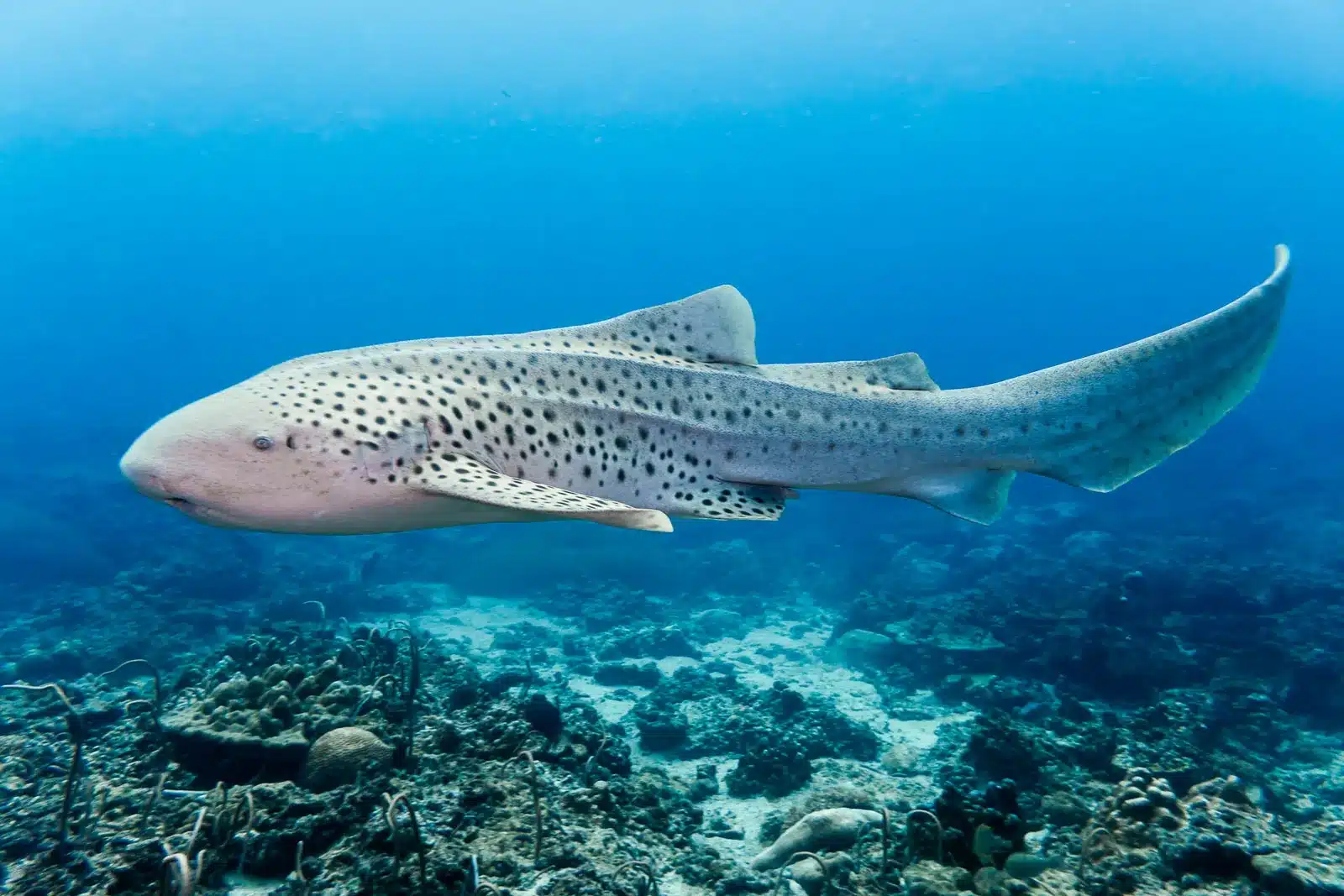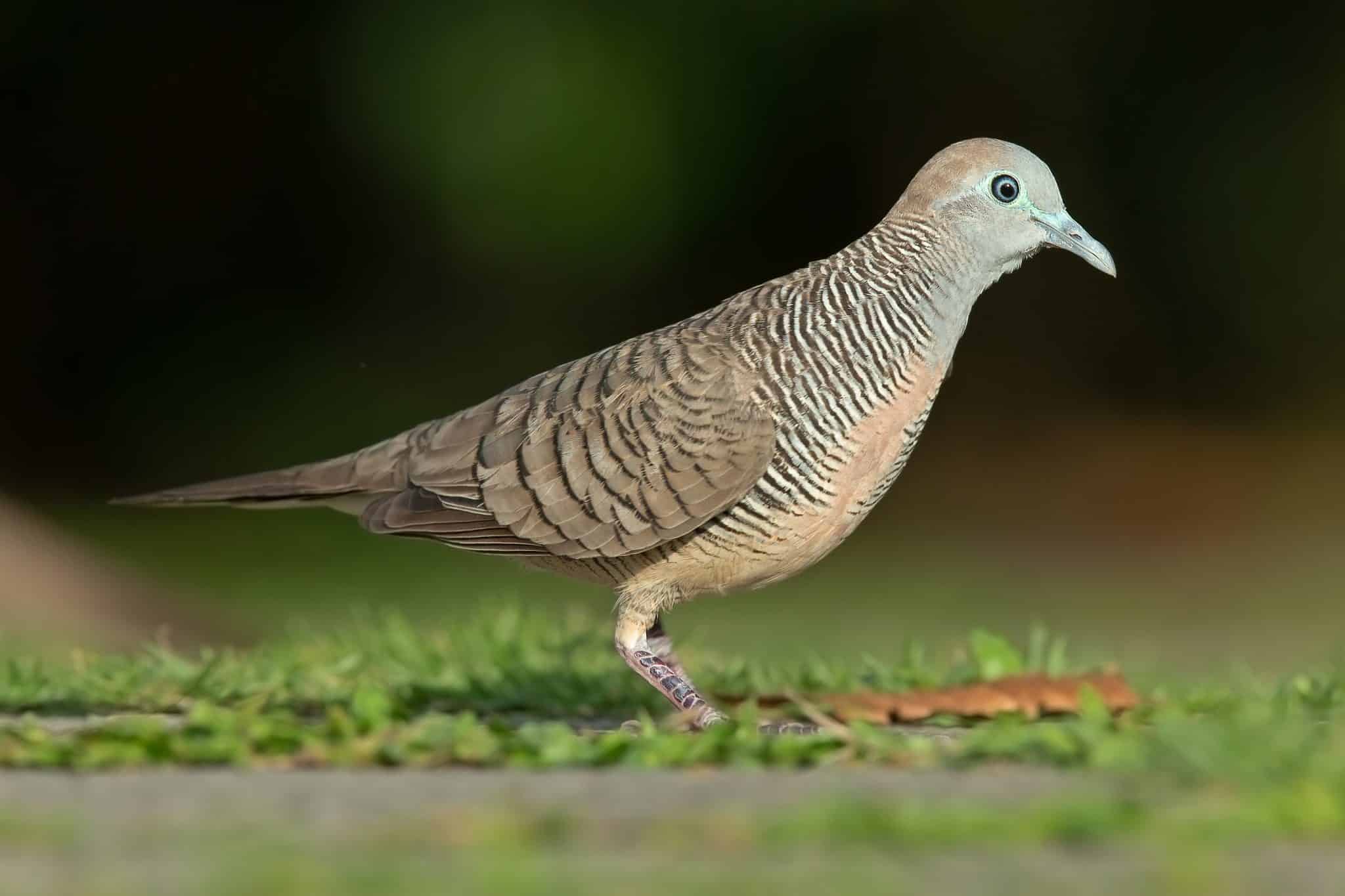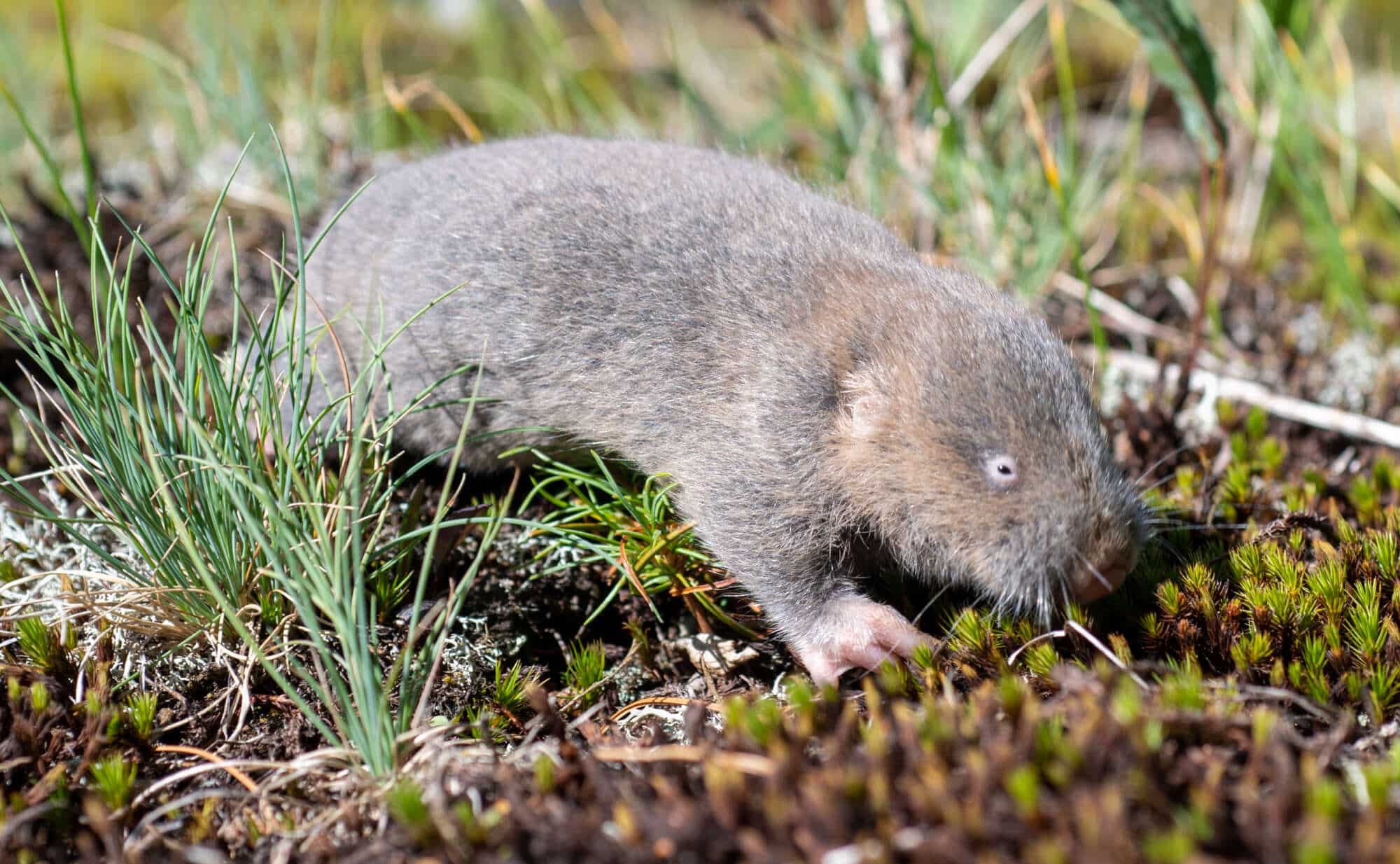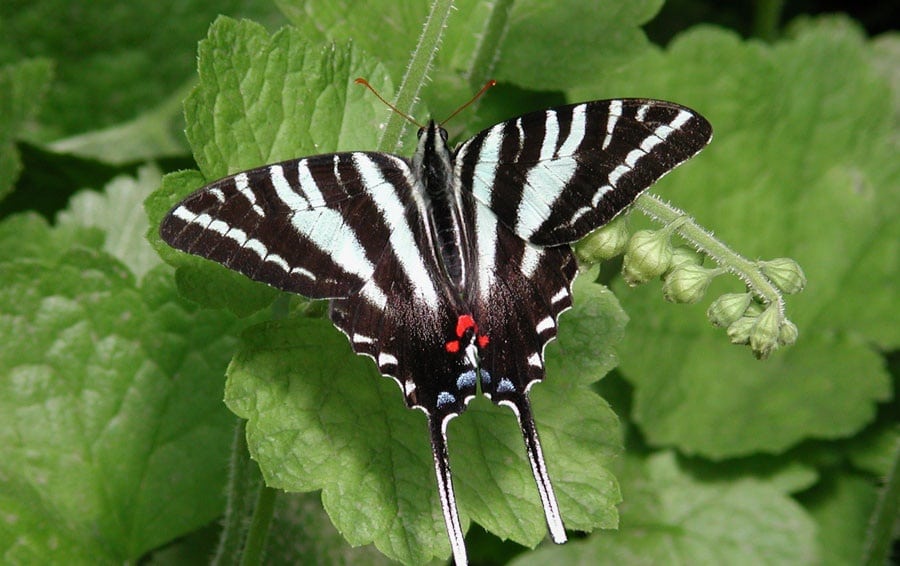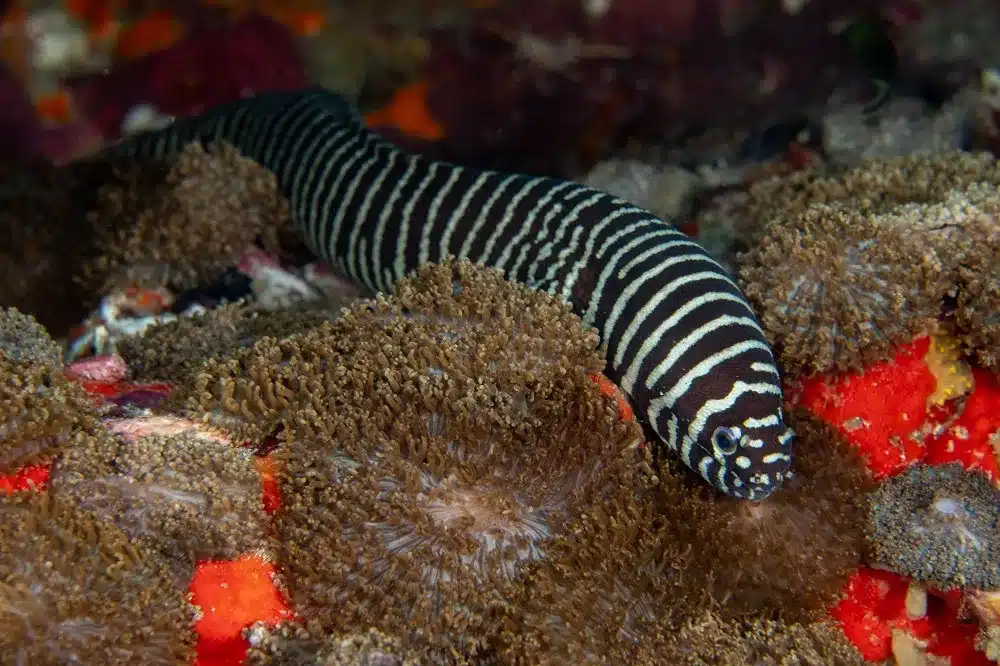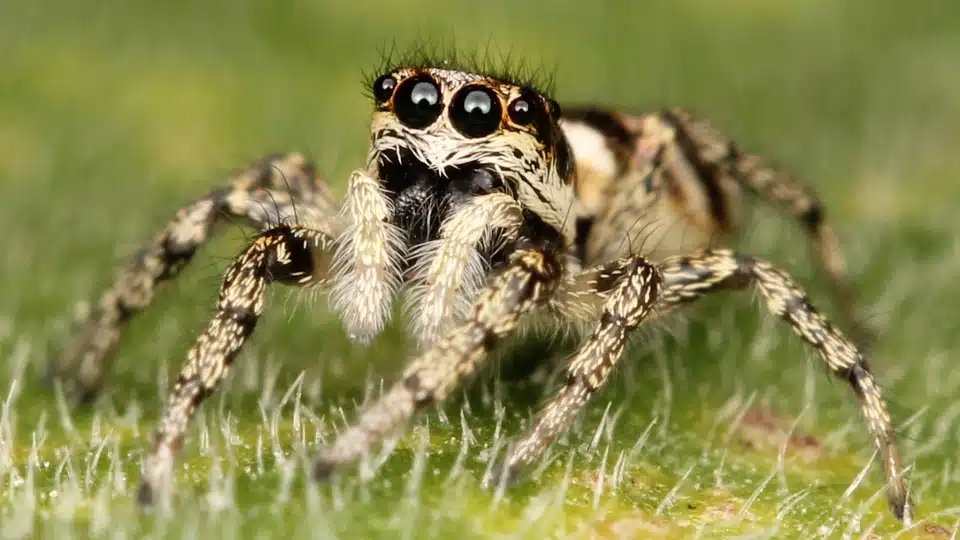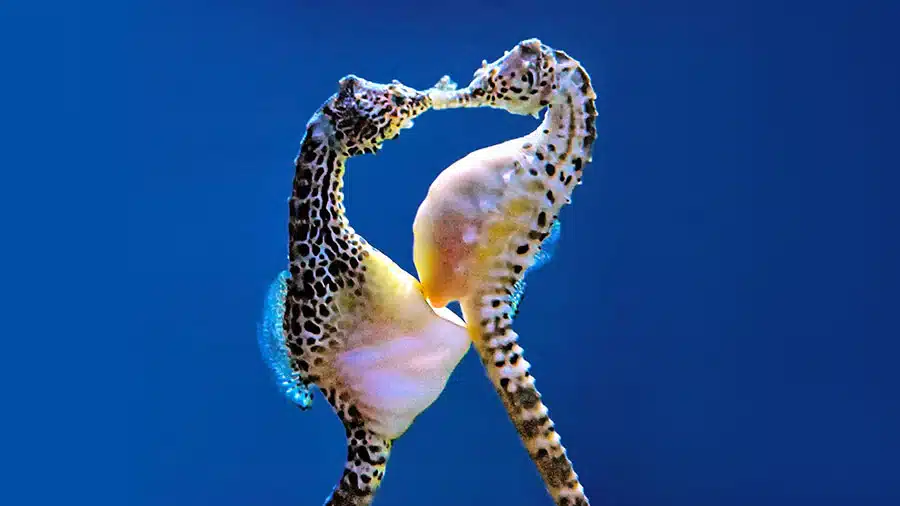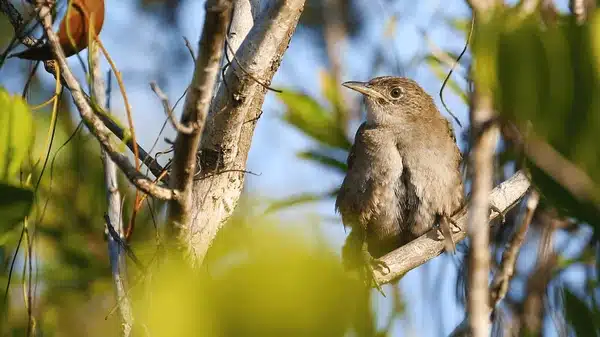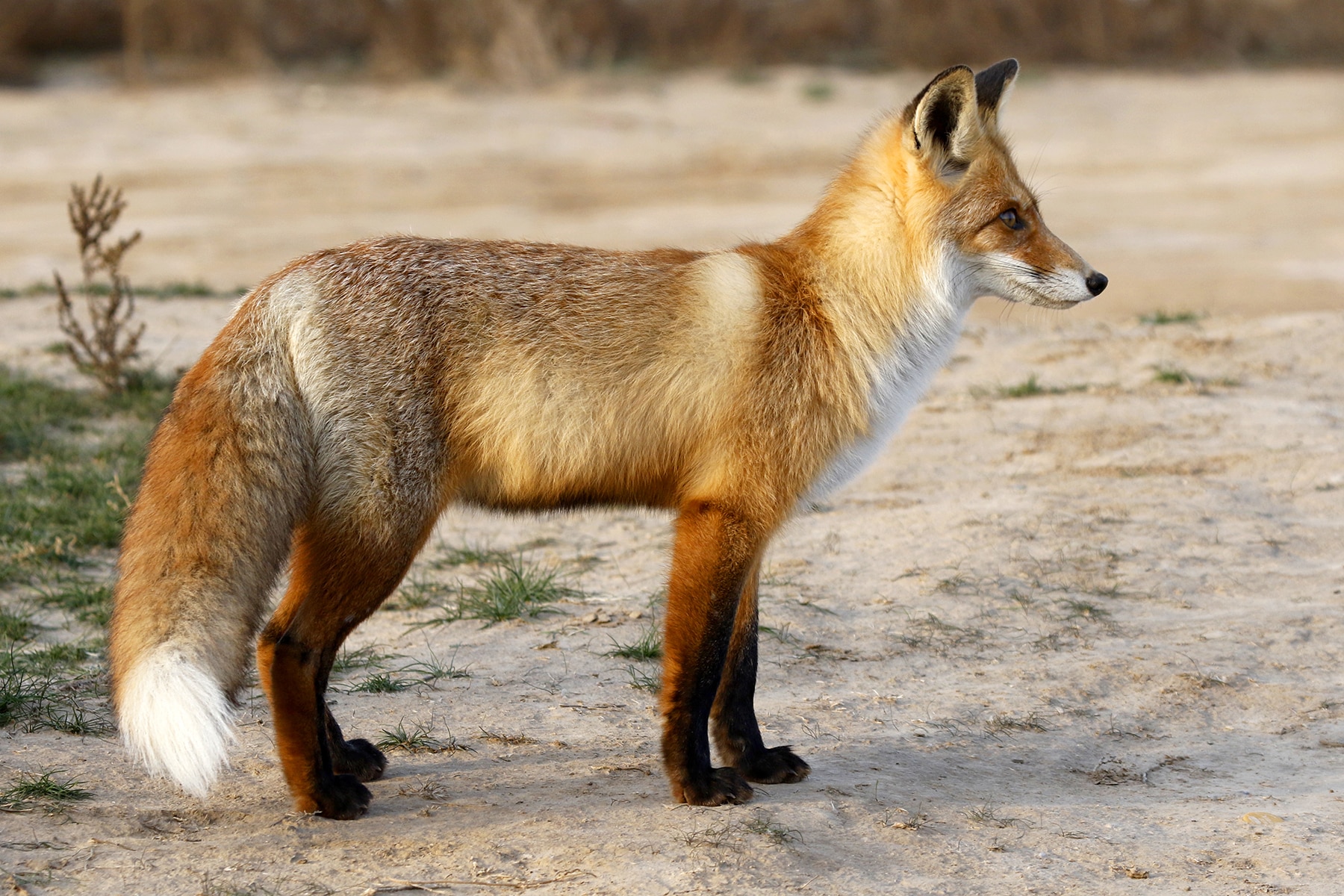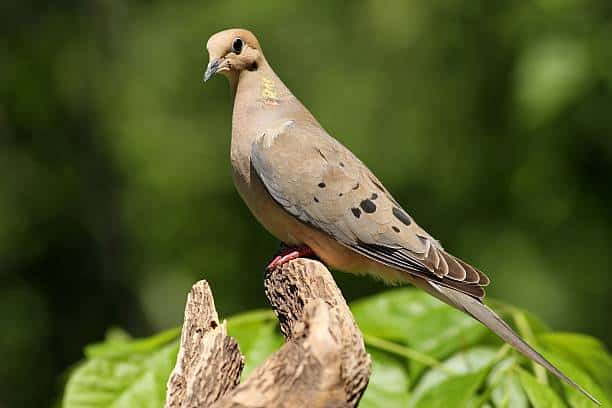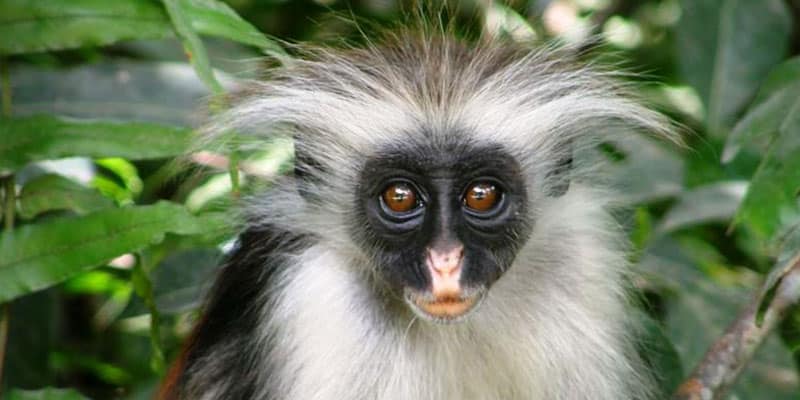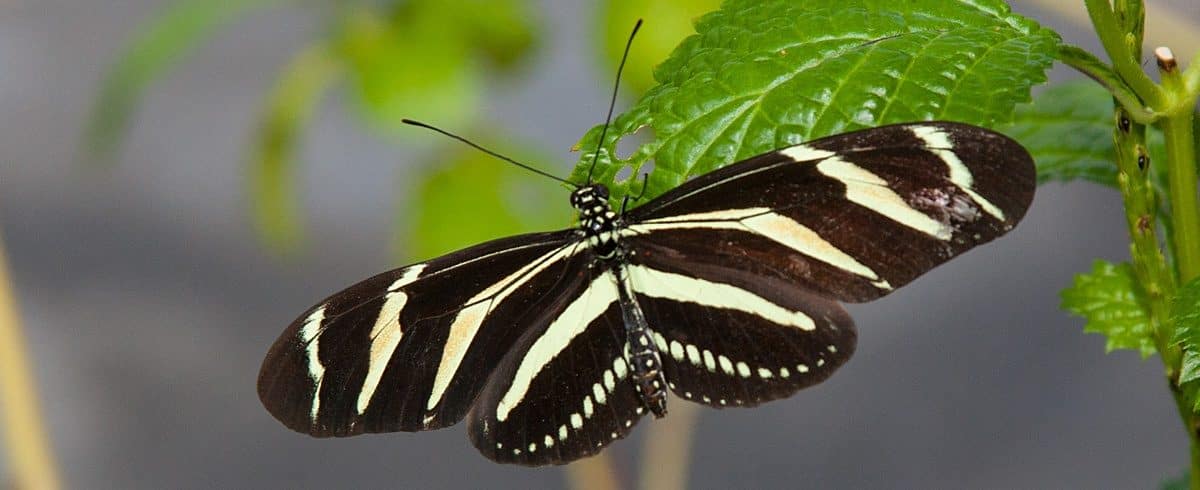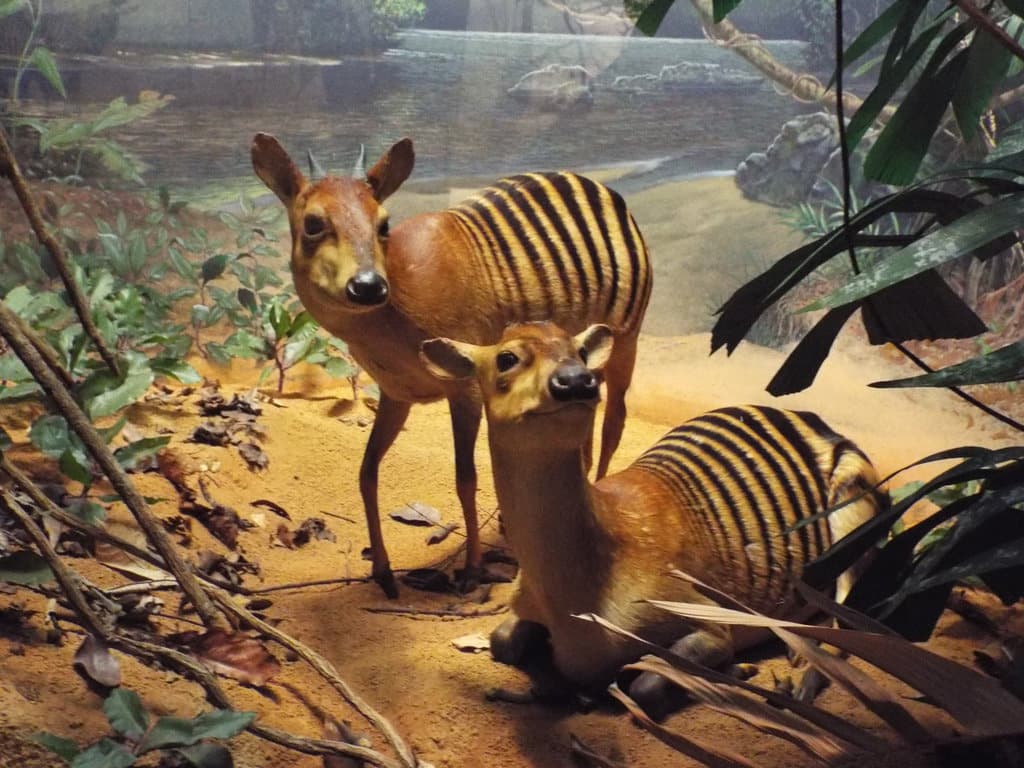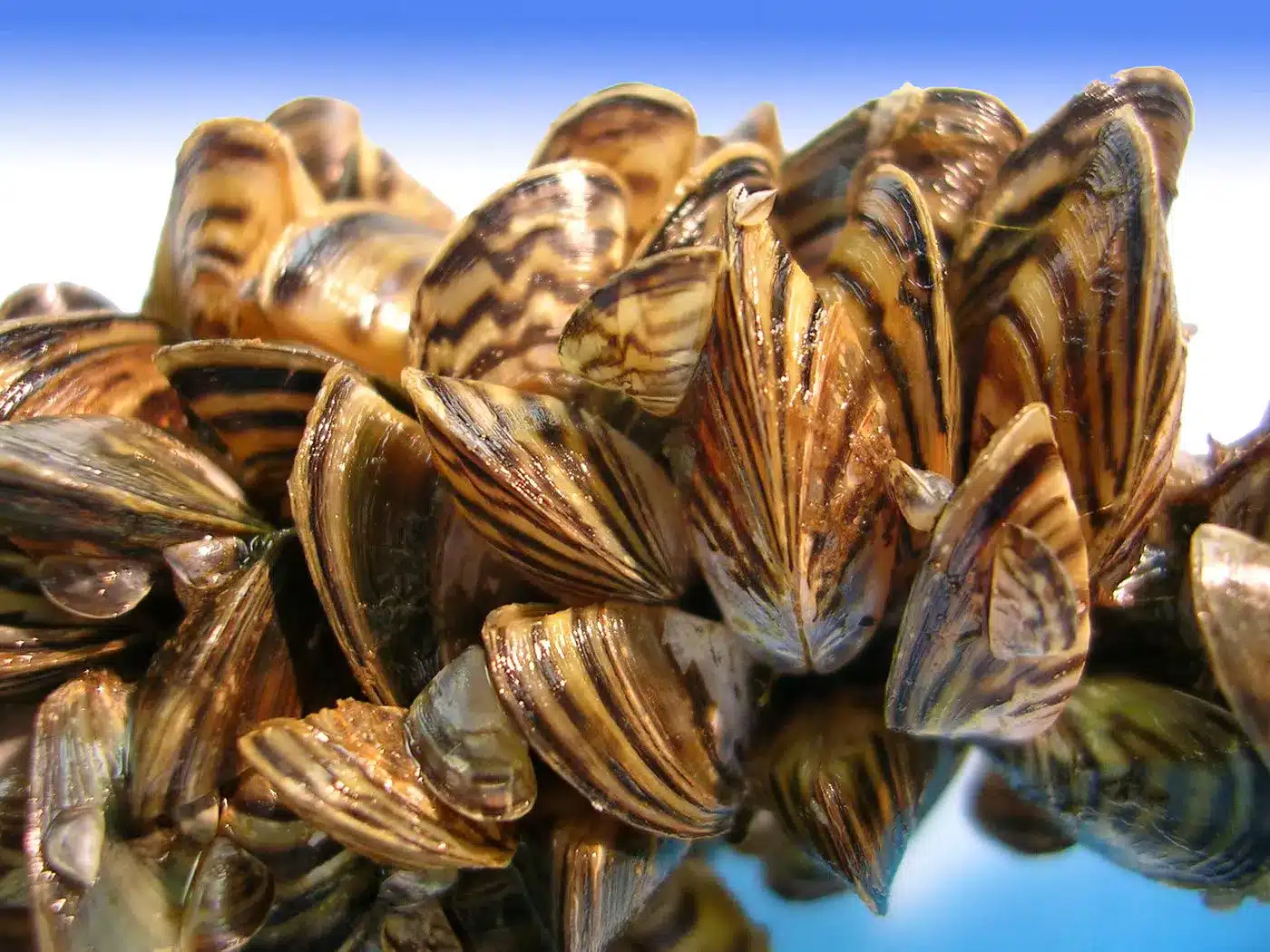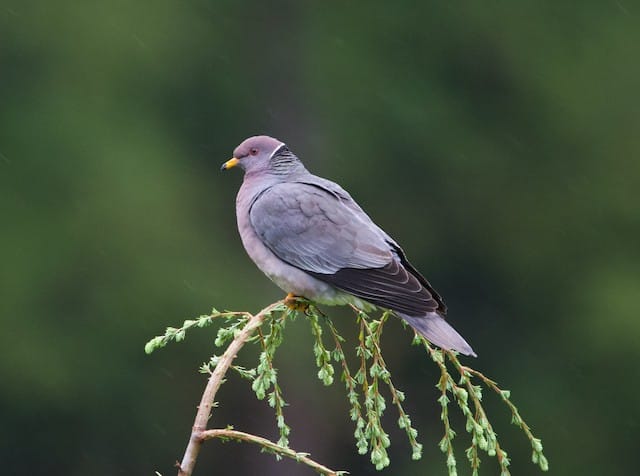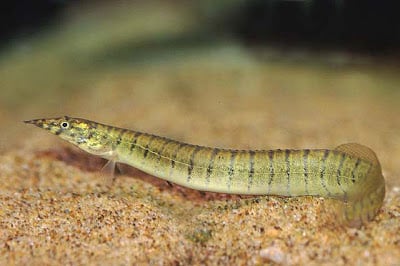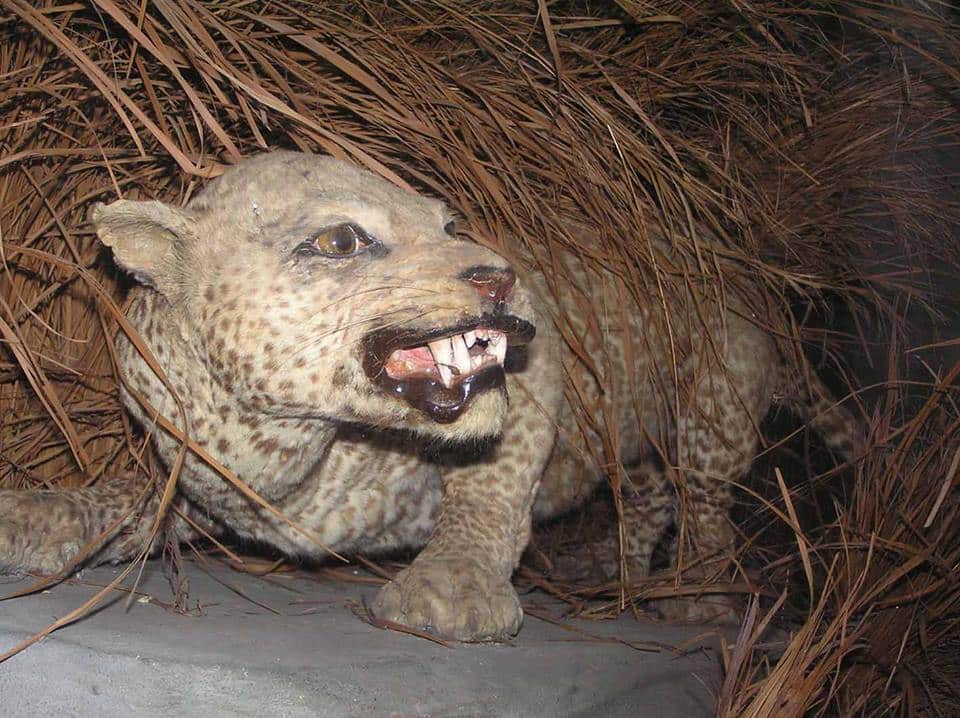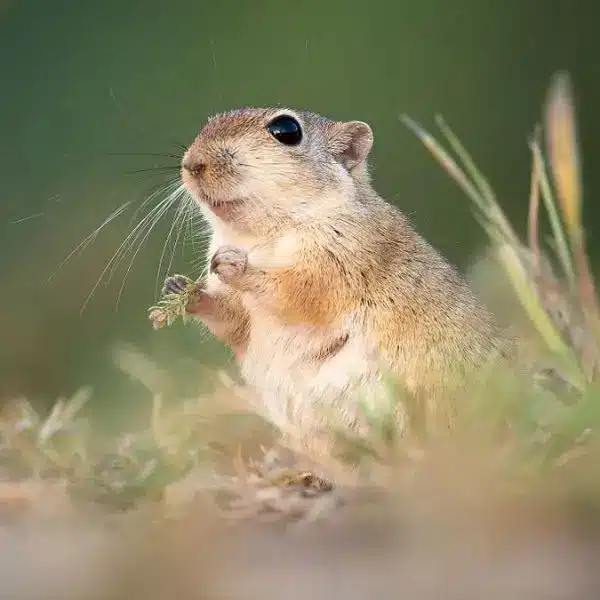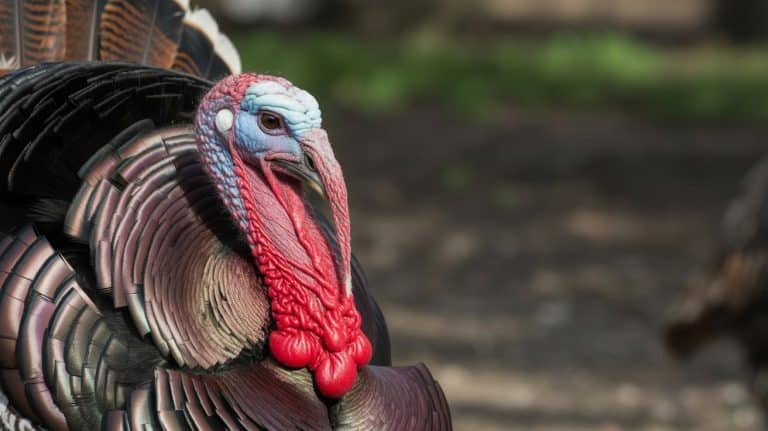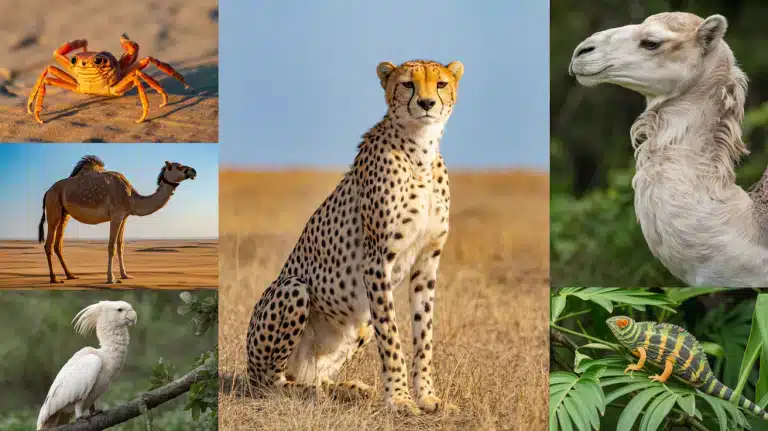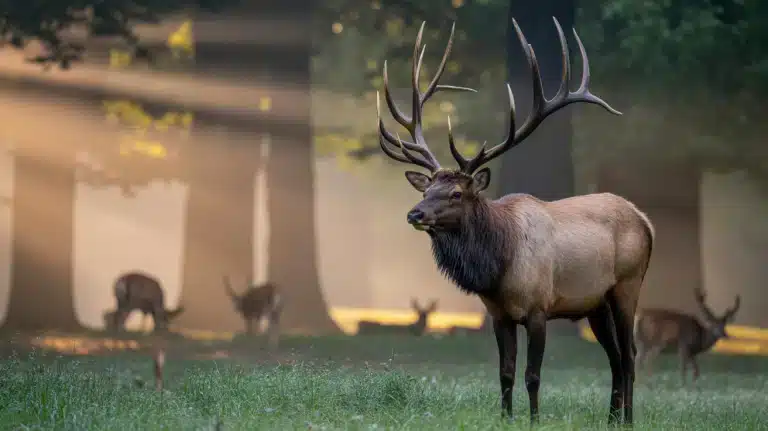Do you think the animal kingdom plays a crucial role in maintaining the balance of our ecosystems? Yes, definitely!
As they consist of various animals, from microscopic organisms to huge mammals, these animals contribute significantly to the well-being of our environment.
Beyond their mesmerizing beauty and value, these animals serve as nature’s custodians, playing essential roles in ecological processes that sustain life on Earth.
Understanding how the animal kingdom safeguards our natural world is imperative for fostering a deeper appreciation of the interconnected web of life.
Just like the classic scientific classification, we can delve into the world of animals through alphabets.
Let’s see some unique animal names that start with Z.
Interesting Animal Names that Start with Z
1. Zebra
Origin: Africa
Habitat: Grasslands and savannas
Diet: Herbivorous, primarily grass
Size: Varies by species, but generally 4 to 5 feet tall at the shoulder
Scientific Name: Equus zebra
Zebras are herbivorous mammals known for their distinctive black and white striped coats. They are social animals often found in groups.
Interesting Facts
- Zebras have excellent hearing and eyesight, alerting them to wild predators.
- Each zebra’s stripe pattern is unique, similar to human fingerprints.
- Zebras are closely related to horses and donkeys, the genus Equus.
2. Zebra Finch
Origin: Australia, Indonesia, and Timor
Habitat: Open grasslands and wooded areas
Diet: Mainly seeds and insects
Size: Approximately 4 to 5 inches in length
Scientific Name: Taeniopygia guttata
Zebra Finches are small, friendly birds with distinctive black and white markings on their plumage. They are known for their cheerful songs.
Interesting Facts
- Zebra Finches are popular as pets due to their melodic songs and vibrant personalities.
- They are highly social birds and thrive in pairs or groups.
- Male zebra finches are known for their unique courtship songs, which they use to attract mates.
3. Zebra Pleco
Origin: South America, specifically the Xingu River in Brazil
Habitat: Freshwater rivers with rocky substrate
Diet: Primarily carnivorous, feeding on small invertebrates
Size: Typically around 3 to 4 inches in length
Scientific Name: Hypancistrus zebra
Zebra Plecos are small freshwater catfish known for striking black and white striped patterns. They are popular in the aquarium trade.
Interesting Facts
- Zebra Plecos are nocturnal, often hiding during the day and becoming active at night.
- Their unique appearance and limited distribution in the wild make them a sought-after species in the aquarium hobby.
- Zebra Plecos are known for their territorial behavior, especially during breeding.
4. Zebra Snake
Origin: Native to Africa.
Habitat: Grasslands, savannas, and forests.
Diet: Carnivorous, feeding on small mammals and birds.
Size: Varies, but generally around 1 to 2 meters in length.
Scientific Name: Malpolon monspessulanus.
The Zebra Snake is known for its distinctive black and white stripes, resembling a zebra, running along its body.
Interesting Facts
- Despite the name, it’s not a true snake but belongs to the colubrid family.
- It has a mildly venomous bite and is primarily used for subduing prey.
- Excellent climber, often seen in bushes and trees.
5. Zebu
Origin: South Asia and Africa.
Habitat: Grasslands and semi-arid regions.
Diet: Herbivorous, mainly grazing on grass.
Size: Varies, but they are generally smaller than common cattle.
Scientific Name: Bos indicus.
Zebu is a species of cattle known for its distinctive hump over the shoulders and long, floppy ears.
Interesting Facts
- Well-adapted to hot climates, thanks to their hump, which stores fat.
- Widely used in agriculture and transportation in their native regions.
- Considered sacred in some cultures.
6. Zonkey
Origin: Hybrid between a zebra and a donkey.
Habitat: This can be found in various environments, depending on the region.
Diet: Herbivorous, feeding on grasses and grains.
Size: Intermediate size between a zebra and a donkey.
Scientific Name: Equus zebra x Equus asinus.
Zonkeys exhibit a mix of features from both zebras and donkeys, often having striped legs and a donkey-like body.
Interesting Facts
- Hybrids are typically sterile, meaning they cannot reproduce.
- Zonkeys are more commonly found in captivity than in the wild.
- Their appearance can vary widely based on the specific zebra and donkey breeds.
7. Zuchon
Origin: Bred as a designer dog, a cross between Shih Tzu and Bichon Frise.
Habitat: Domesticated, primarily as companion animals.
Diet: Omnivorous, typical dog diet.
Size: Small to medium size.
Scientific Name: Canis lupus familiaris.
Zuchon, also known as Shichon, is a small, teddy bear-like dog breed with a fluffy coat. They are one of the most popular breeds for emotional support dogs in the US – you can check out this site to learn all about that.
Interesting Facts
- Known for their friendly and affectionate nature.
- They require regular grooming due to their thick and often curly coat.
- Great for families and individuals alike, adapting well to different living environments.
8. Zorse
Origin: Hybrid between a zebra and a horse.
Habitat: This can be found in various environments, depending on the region.
Diet: Herbivorous, feeding on grass and grains.
Size: Intermediate size between a zebra and a horse.
Scientific Name: Equus zebra x Equus ferus caballus.
Zorse exhibits a mix of features from both zebras and horses, often having striped legs and a horse-like body.
Interesting Facts
- Similar to the zonkey, zorses are usually sterile.
- Hybridization is more common in captivity than in the wild.
- Appearance can vary widely based on the specific zebra and horse breeds.
9. Zorilla
Origin: Africa.
Habitat: Grasslands, savannas, and open woodlands.
Diet: Omnivorous, feeding on small mammals, insects, and plant matter.
Size: Small to medium size.
Scientific Name: Ictonyx striatus.
Zorilla, the striped polecat, resembles a skunk with black fur and white stripes along its back.
Interesting Facts
- Can emit a foul-smelling spray as a defense mechanism.
- Nocturnal in nature, being more active during the night.
- Excellent diggers, creating burrows for shelter and hunting.
10. Zebrafish
Origin: Southeast Asia.
Habitat: Freshwater rivers, streams, and ponds.
Diet: Omnivorous, feeding on small invertebrates and plankton.
Size: Small, usually around 2.5 cm to 4 cm.
Scientific Name: Danio rerio.
Zebrafish are small, vibrant, striped fish commonly used in scientific research.
Interesting Facts
- Regenerate damaged fins and hearts, making them valuable in medical research.
- Their transparent embryos allow researchers to study embryonic development easily.
- Widely used as a model organism for genetic studies and developmental biology.
11. Zander
Origin: Europe and Asia
Habitat: Lakes and rivers
Diet: Fish, insects, and crustaceans
Size: Typically up to 80 cm
Scientific Name: Sander Lucioperca
Zander is a freshwater fish known for its slender body and sharp teeth. It is popular among anglers in Europe.
Interesting Facts
- Zander is a predatory fish known for its aggressive feeding habits.
- They are often found in deep, slow-moving waters.
- Zander are known for their excellent low-light vision, making them effective hunters during dawn and dusk.
12. Zigzag Salamander
Origin: United States
Habitat: Forests near streams and rivers
Diet: Insects, small invertebrates
Size: Typically 3-5 inches
Scientific Name: Plethodon dorsalis
The Zigzag Salamander is a small, terrestrial salamander with distinctive zigzag patterns on its back.
Interesting Facts
- They are lungless salamanders, meaning they breathe through their skin.
- Zigzag salamanders are nocturnal and are more active during the night.
- Their vibrant coloration serves as a warning to predators, indicating toxicity.
13. Zebra Shark
Origin: Indo-Pacific region
Habitat: Coral reefs and sandy flats
Diet: Fish, crustaceans, and mollusks
Size: Can grow up to 9 feet
Scientific Name: Stegostoma fasciatum
The Zebra Shark, also known as the Leopard Shark, has a distinctive pattern of dark spots on its body, resembling a zebra.
Interesting Facts
- Despite the name, Zebra Sharks are not true sharks but belong to the carpet shark family.
- They are known for their docile nature and are popular in public aquariums.
- Zebra Sharks exhibit a unique pattern of spots when they are young, which changes as they mature.
14. Zebra Dove
Origin: Southeast Asia
Habitat: Grasslands, open areas
Diet: Seeds, grains, and small insects
Size: Small-sized dove
Scientific Name: Geopelia striata
The Zebra Dove is a small, ground-dwelling dove with a distinctive black and white striped pattern on its neck.
Interesting Facts
- Zebra Doves are known for their soothing and repetitive cooing sounds.
- They are often kept as pets for their gentle nature and melodious calls.
- These doves have a monogamous mating behavior.
15. Zokor
Origin: Asia, particularly China and Mongolia
Habitat: Burrows in grasslands and meadows
Diet: Roots, tubers, and other plant matter
Size: Typically around 20 cm
Scientific Name: Myospalax spp.
Zokor is a small, burrowing rodent with powerful digging claws and a cylindrical body.
Interesting Facts
- Zokors are excellent diggers, creating extensive burrow systems.
- Their burrowing habits can sometimes lead to agricultural issues, damaging crops.
- Zokors have dense fur that helps protect them from soil while digging.
16. Zebra Swallowtail Butterfly
Origin: North America
Habitat: Wooded areas and gardens
Diet: Nectar from flowers
Size: Wingspan ranges from 2.5 to 4.5 inches
Scientific Name: Protographium marcellus
The Zebra Swallowtail is a striking butterfly with black and white striped patterns on its wings.
Interesting Facts
- The Zebra Swallowtail is the state butterfly of Tennessee.
- Their caterpillars mimic the appearance of bird droppings for protection.
- These butterflies are attracted to various flowering plants.
17. Zebra Moray Eel
Origin: Indo-Pacific region
Habitat: Coral reefs and rocky crevices
Diet: Fish and crustaceans
Size: Can grow up to 5 feet
Scientific Name: Gymnomuraena zebra
Zebra Moray Eel is a visually striking eel with a bold black and white striped pattern.
Interesting Facts
- Despite their fearsome appearance, Zebra Moray Eels are generally shy and non-aggressive.
- They have poor eyesight and rely heavily on their acute sense of smell.
- These eels are nocturnal, actively hunting for prey during the night.
18. Zebra Spider
Origin: Europe and North America
Habitat: Grasslands, gardens, and wooded areas
Diet: Insects
Size: Small-sized spider
Scientific Name: Salticus scenicus
The Zebra Spider is a jumping spider known for its distinctive black-and-white striped appearance.
Interesting Facts
- Zebra Spiders are excellent hunters and use their keen eyesight to track and pounce on prey.
- They are capable of jumping several times their body length to catch prey.
- Zebra Spiders do not build webs for hunting; instead, they actively stalk and hunt their prey.
19. Zebra Seahorse
Origin: Indo-Pacific region
Habitat: Coral reefs, seagrass beds
Diet: Small crustaceans and plankton
Size: Usually 2 to 6 inches
Scientific Name: Hippocampus zebra
The Zebra Seahorse is a small and unique seahorse species with a striped pattern on its body.
Interesting Facts
- Male Zebra Seahorses carry and give birth to the offspring.
- They use their long tails to anchor themselves to underwater vegetation.
- Zebra Seahorses have a prehensile tail that helps them hold onto various surfaces.
20. Zapata Wren
Origin: Cuba
Habitat: Marshes, wetlands, and mangroves
Diet: Insects, small invertebrates
Size: Small-sized bird
Scientific Name: Ferminia cerverai
The Zapata Wren is a small, elusive bird endemic to the Zapata Swamp in Cuba.
Interesting Facts
- They are known for their distinctive and melodious song.
- Zapata Wrens build dome-shaped nests suspended in tall grasses.
- Due to their limited range and habitat, conservation efforts are crucial for their survival.
21. Zorro
Origin: Fictional character created in 1919 by Johnston McCulley.
Habitat: Zorro is a fictional character often depicted in Spanish colonial California.
Diet: As a fictional character, Zorro’s diet is not applicable.
Size: Depicted as a human, typically average size.
Scientific Name: N/A (as it is a fictional character).
Zorro is a masked outlaw who defends the commoners and indigenous people against corrupt officials and villains.
Interesting Facts
- Zorro is known for his trademark “Z” mark, carved with his sword.
- The character has been featured in numerous films, TV series, and books.
- “Zorro” means “fox” in Spanish, reflecting the character’s cunning and agility.
22. Zenaida Dove
Origin: The Caribbean and the Americas.
Habitat: Woodlands, savannas, and urban areas.
Diet: Seeds, grains, and insects.
Size: Small to medium-sized, about 23 cm (9 inches) in length.
Scientific Name: Zenaida aurita.
The Zenaida Dove is a small, slender dove with a pale grayish-pink body, white undertail coverts, and a distinctive crescent-shaped mark on the neck.
Interesting Facts
- Named after Princess Zenaide, the wife of French naturalist Charles Bonaparte.
- Commonly found in open habitats and agricultural areas.
- Their mournful cooing sounds are a characteristic feature of their behavior.
23. Zanzibar Red Colobus
Origin: Zanzibar, an island off the coast of Tanzania.
Habitat: Coastal and mangrove forests.
Diet: Primarily leaves, fruits, and flowers.
Size: Medium-sized, around 50-65 cm in length.
Scientific Name: Piliocolobus kirkii.
The Zanzibar Red Colobus is characterized by its red-brown coat and a long tail with a distinctive white tip.
Interesting Facts
- Considered endangered due to habitat loss and hunting.
- They are social animals and live in groups with complex social structures.
- Female red colobus monkeys often give birth to a single offspring.
24. Zebra Longwing Butterfly
Origin: Found in the Americas, particularly in the southern United States to South America.
Habitat: Tropical and subtropical regions, including rainforests and gardens.
Diet: Nectar from flowers, pollen, and occasionally aphid honeydew.
Size: Medium-sized with a wingspan of 6-9 cm.
Scientific Name: Heliconius charithonia.
The Zebra Longwing Butterfly is known for its distinctive black and white striped wings.
Interesting Facts
- They have a slow and floating flight style.
- Zebra Longwing Butterflies are poisonous due to chemicals derived from their larval food sources.
- These butterflies are known for their long lifespan compared to other butterfly species.
25. Zebra Duiker
Origin: West Africa, Sierra Leone, Liberia, and Ivory Coast.
Habitat: Zebra Duikers inhabit dense, lowland tropical forests.
Diet: Fruits, leaves, buds, and various plant materials. Occasionally, they may consume insects.
Size: 40-50 cm (16-20 inches) at the shoulder, weight around 15 to 25 kg (33 to 55 lbs).
Scientific Name: Cephalophus zebra
Zebra Duikers are characterized by their striking black and white stripes, which resemble the pattern of a zebra, hence their name. These patterns help them blend into the dappled sunlight and shadows of the forest floor.
Interesting Facts
- The zebra-like stripes on their coat serve as camouflage, allowing them to blend into the complex patterns of sunlight and shadows in the dense forest undergrowth
- Zebra Duikers are known to form monogamous pairs.
- These duikers mark their territory by rubbing their preorbital glands on vegetation.
26. Zebra Mussels
Origin: Native to the Caspian Sea region.
Habitat: Found in freshwater bodies, particularly lakes and rivers.
Diet: Filter feeders consume phytoplankton and other suspended particles.
Size: Typically 0.2 to 0.6 inches (5 to 15 mm) in length.
Scientific Name: Dreissena polymorpha.
Small, striped shellfish with a distinctive zebra-like pattern on their shells.
Interesting Facts
- Zebra mussels are considered invasive in many regions, causing ecological and economic problems.
- They reproduce rapidly and can colonize hard surfaces, clogging water intake pipes and affecting native species.
- The filter-feeding behavior of zebra mussels can significantly improve water clarity in the ecosystems they invade.
27. Zone-tailed Pigeon
Origin: Native to the southwestern United States and parts of Mexico.
Habitat: Typically found in arid and semi-arid regions, including canyons and cliffs.
Diet: Primarily feeds on fruits, seeds, and small invertebrates.
Size: Medium-sized pigeon, around 14 to 16 inches (35 to 41 cm) in length.
Scientific Name: Patagioenas fasciata.
Dark-colored pigeon with distinctive white bands on its tail, resembling a bird of prey.
Interesting Facts
- The zone-tailed pigeon’s appearance mimics that of raptors, potentially protecting from predators.
- Despite its pigeon status, it exhibits behaviors like soaring and gliding, similar to birds of prey.
- Prefers to nest in remote and inaccessible cliffs for added protection.
28. Zig Zag Eel
Origin: Native to Southeast Asia, particularly in Thailand and Indonesia.
Habitat: Inhabits freshwater environments, such as slow-moving rivers and swamps.
Diet: Carnivorous, feeding on small fish, insects, and crustaceans.
Size: Can grow up to 12 inches (30 cm) in length.
Scientific Name: Mastacembelus armatus.
Elongated, eel-like fish with a distinctive pattern of dark zigzag lines along its body.
Interesting Facts
- Zigzag eels are known for their snake-like movements, often in a serpentine manner.
- They tend to burrow into the substrate, providing them with hiding places and protection.
- Zigzag eels can tolerate various water conditions, making them adaptable to freshwater environments.
29. Zanzibar Leopard
Origin: Native to the island of Zanzibar in Tanzania.
Habitat: Found in various habitats, including forests, grasslands, and coastal areas.
Diet: Carnivorous, preying on small to medium-sized mammals.
Size: Medium-sized big cat, similar in size to other leopard subspecies.
Scientific Name: Panthera pardus adersi.
Golden-yellow coat with distinctive dark rosettes; a subspecies of the African leopard.
Interesting Facts
- The Zanzibar leopard is critically endangered, with the last confirmed sighting in the 1980s.
- Due to its rarity and elusive behavior, there is limited scientific information about this subspecies.
- Conservationists are actively involved in efforts to confirm the existence of the Zanzibar leopard and implement conservation measures.
30. Zarudnyi Jird
Origin: Native to Central Asia, including regions like Iran and Turkmenistan.
Habitat: Inhabits arid and semi-arid environments, such as deserts and grasslands.
Diet: Omnivorous, feeding on seeds, insects, and small vertebrates.
Size: Small rodent, typically around 4 to 6 inches (10 to 15 cm) in length.
Scientific Name: Meriones zarudnyi.
A species of jird, a rodent with a furry tail and large eyes.
Interesting Facts
- Zarudnyi jirds are known for their extensive burrow systems, providing shelter and protection.
- These rodents are primarily active at night, avoiding the day’s heat.
- Zarudnyi jirds have physiological adaptations that allow them to thrive in arid conditions.
Conclusion
Ultimately, animals play unique and vital roles in our environment. At the same time, those animals with Z contribute well.
You can find multiple animals beginning with z, such as Zebras, with their distinct stripes, which contribute significantly to the African savannas.
They graze on different grasses, promoting biodiversity.
In aquatic ecosystems, zebrafish serve as indicators of environmental health, and Zooxanthellae, microscopic algae, are also essential for coral reef survival.
Each of these ‘Z’ animals, from land to sea, plays a part in maintaining ecological balance. They remind us of the importance of all species conservation.
However, protecting these creatures ensures the preservation of our planet’s diverse ecosystems, which are crucial for our survival and the health of our environment.
Which is your favorite animal among these collections? Do let us know in the comments!
Frequently Asked Questions
What Animal Begins with Z?
Animals that begin with “Z” include the zebra, zebra, zebra shark, zebrafish, zokor, and zorilla. Zebras are well-known for their distinctive black and white stripes.
Zebus are a type of domestic cattle. Zebra sharks are found in tropical waters. Zebrafish are popular in aquariums, zokors burrow rodents, and zorillas are skunk-like mammals.
What is a Fox that Starts with Z?
A fox that starts with “Z” is the Zorro fox. It’s a nickname for the South American Gray Fox. This fox is smaller and slender, with a gray coat and a bushy tail.
It’s known for its cunning and adaptability, often found in the southern cone of South America.
What is the Name of Bird Z?
The bird named “Z” is the Zebra Finch. It’s a small, chirpy bird known for its striking zebra-like stripes. Originating from Australia, these finches are popular as pets.
They have cheerful personalities and are known for their singing abilities. Zebra Finches are social and thrive in pairs or small groups.

